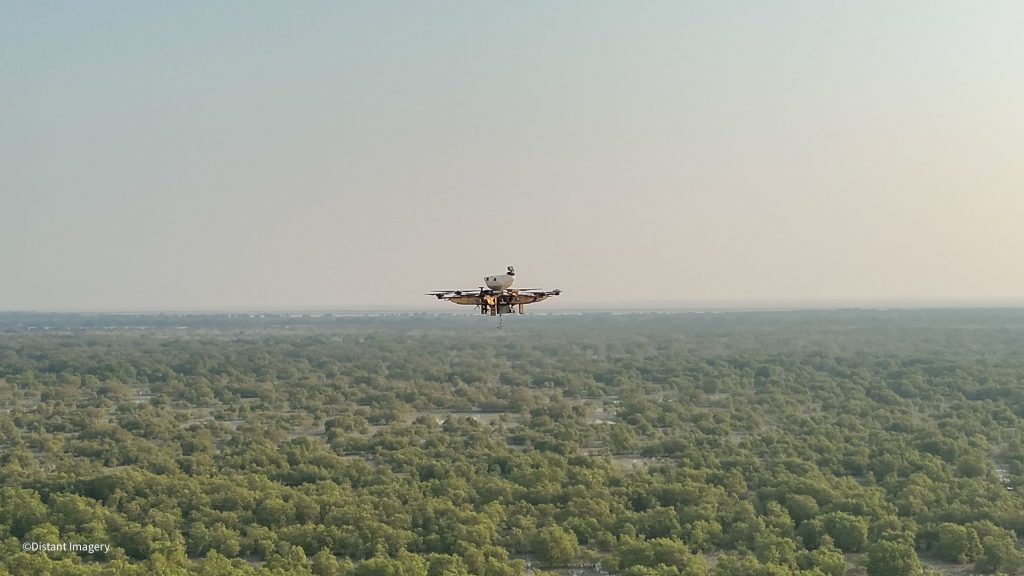Drones, or unmanned aerial vehicles (UAVs), are increasingly recognized as powerful tools in species conservation. Equipped with high-resolution cameras, thermal sensors, and other advanced imaging technologies, drones allow researchers to monitor wildlife and habitats with greater efficiency and accuracy than many traditional methods. They can cover large or remote areas quickly while minimizing disturbance to animals, making them particularly valuable for studying endangered, elusive, or wide-ranging species.
In conservation, drones are used to survey populations, map critical habitats, and detect threats such as poaching or habitat loss. Examples include counting seabird colonies on inaccessible cliffs, tracking large mammals across savannas, and monitoring marine mammals along coastlines. Their relatively low cost, versatility, and ability to provide near real-time data make them a vital complement to ground surveys and satellite monitoring, helping conservationists make faster and more informed decisions for species protection.
Targets & Actions
This technology can support the implementation of targets 2, 3, 4, 5, and 6


